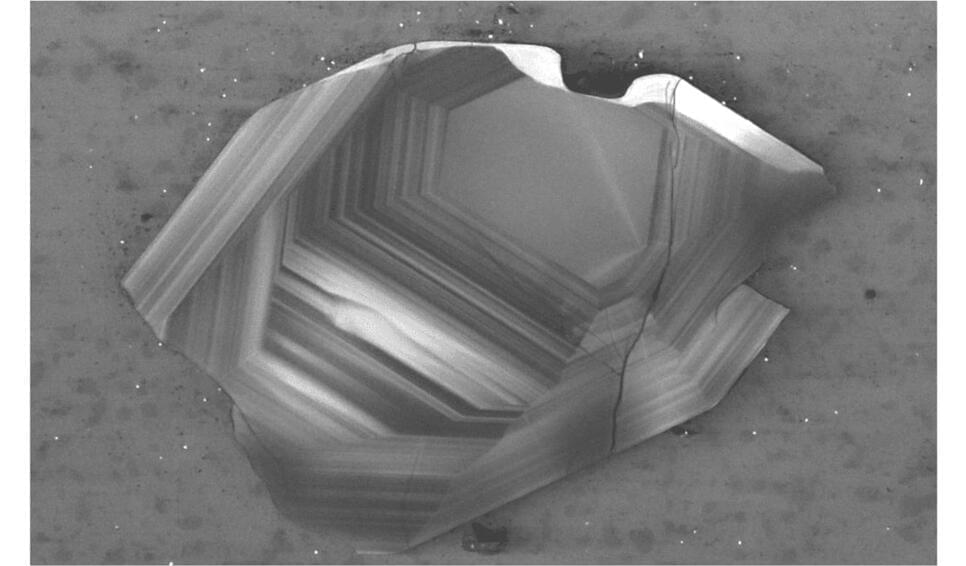The findings suggest the Earth has been quite like it is today as far back as we can determine, expanding the possibilities for where life began.


If you are familiar with Newton’s bucket, you may skip to 6:10.Until recently, I had not realized the flash of genius of Dennis Sciama who linked inertia and…
Google’s Most Advanced AI Model YetAre you curious about the latest advancements in AI? Google has just released Gemma 2, their most advanc…
Are you excited to learn about the latest innovations that will shape our future? In this video, we unveil 8 breakthrough t…
Boost your knowledge in AI and emerging technologies with Brilliant’s engaging courses. Enjoy 30 days free and 20% off a premium subscription at https://brilliant.org/FutureBusinessTech.
In this video, we explore 20 emerging technologies changing our future, including super-intelligent AI companions, radical life extension through biotechnology and gene editing, and programmable matter. We also cover advancements in flying cars, the quantum internet, autonomous AI agents, and other groundbreaking innovations transforming the future.
🎁 5 Free ChatGPT Prompts To Become a Superhuman: https://bit.ly/3Oka9FM
✨ Join This Channel: / @futurebusinesstech.
00:07 Super Intelligent AI Companions.
04:27 Radical Life Extension.
08:40 Programmable Matter.
11:33 Flying Cars.
16:29 Quantum Internet.
20:34 Autonomous AI Agents.
25:21 Hypersonic Aircraft And Missiles.
29:19 Invisibility Suits.
33:45 Human Brain Simulations.
37:02 Synthetic Biology.
40:54 AI-Enabled Warfare.
44:58 Solar Sail Technology.
49:42 Bionic Eyes.
53:20 Swarm Robotics.
56:40 Room-Temperature Superconductors.
01:01:42 Optical Computing.
01:05:59 Graphene Technology.
01:11:01 Artificial Trees.
01:15:07 Web 3.0
01:18:03 Vertical Farming.
💡 Future Business Tech explores AI, emerging technologies, and future technologies.
SUBSCRIBE: https://bit.ly/3geLDGO
Are you ready to see how quantum-enhanced generative AI will revolutionize our world? In…
Are you curious about the latest developments in artificial intelligence? Dive…
Ever wondered what unique abilities Claude 3.5 has that ChatGPT-4 can’t match? Dive into this ey…


“We think these objects came from the inner and/or outer main asteroid belt, and the implication of that is that this is another mechanism for getting some ice into the inner solar system,” said Aster Taylor.
What are dark comets and how are they responsible for delivering water to the Earth? This is what a recent study published in Icarus hopes to address as a team of international researchers investigated the origins of dark comets and their evolution throughout the history of the solar system, including how much water they could have potentially brought to Earth in the past. This study holds the potential to help astronomers better understand dark comets and the formation and evolution of planetary bodies throughout the solar system.
Dark comets are often described as being a combination of asteroids and classified based on their unique behaviors, specifically their ability to accelerate without the aid of gravitational means, which researchers have previously hypothesized to be invisible gas jets emanating like traditional comets. Additionally, their physical characteristics consist of dark surfaces that could be hiding an icy subsurface, whereas traditional comets exhibit icy characteristics directly on their surface.